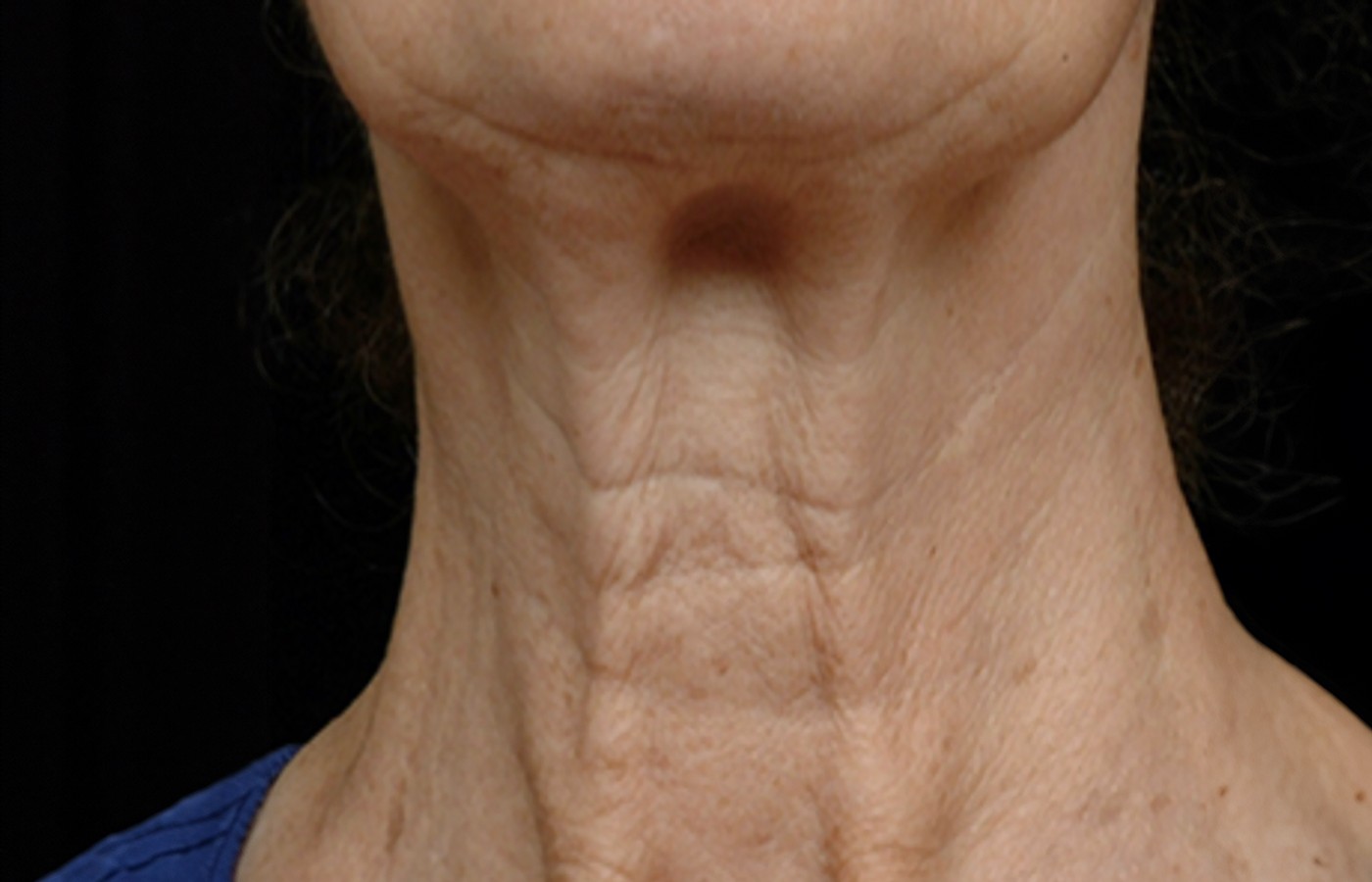Whether you accept it, avoid it or live somewhere in between, insurance coverage has become a defining issue for our profession. Patients increasingly expect to use their benefits, practitioners want to be compensated fairly for their time and expertise, and the system itself remains – at best – fragmented. The encouraging news is that coverage has expanded in meaningful ways. The challenging news is that reimbursement, across the board, remains inadequate.
Navigating the Complexities of Treating the Neck (Pt. 1)
- Many of my patients come to see me when they’re in their 50s, sometimes referred to as the “decade of the skin.
- Due to the delicate nature of the skin on the neck and the sparsity of acupuncture points, using traditional cosmetic acupuncture protocols is not always enough.
- Techniques such as motor-point submuscular needling, microneedling and red-light therapy can help to improve the firmness and appearance of the neck.
In this article, I delve into the intricate world of neck acupuncture, a realm that has traditionally posed challenges for acupuncturists. When our patients come to us for cosmetic acupuncture, frequently their major area of concern is their neck. Due to the delicate nature of the skin on the neck and the sparsity of acupuncture points, using traditional cosmetic acupuncture protocols is not always enough to address the various signs of aging that become a concern for many individuals starting at age 50.
Techniques such as motor-point submuscular needling, microneedling and red-light therapy can help to improve the firmness and appearance of the neck, addressing common signs of aging and enhancing overall youthfulness.
Decade of the Skin
Many of my patients come to see me when they’re in their 50s, sometimes referred to as the “decade of the skin.” That’s when they start to notice fine lines, wrinkles, and sagging, especially under the neck. Nora Ephron wrote a book titled I Feel Bad About My Neck.1 When I was in my 40s, I found this book hilarious. When I turned 50, it wasn’t so funny anymore.
As we age, skin becomes more lax, the hormones that keep our skin plump decrease, and we lose our estrogen (both men and women have estrogen), causing thinning skin and discoloration.
Under the Chin & Jowls / Anterior Digastric
In the aging process, the area under the chin can undergo noticeable changes, often characterized by the development of loose or sagging skin, commonly referred to as a “turkey neck.” As skin elasticity diminishes and underlying structures weaken over time, addressing these concerns becomes essential in maintaining a youthful and revitalized appearance.
I use two methods to address these concerns: motor points and submuscular needling.
The motor point for the anterior digastric is ST 5. I like to needle into ST 5 and then thread the needle underneath the masseter, thereby using ST 5 as a motor point and taking advantage of submuscular needling of the masseter at the same time.
This is a fabulous technique for lifting the jowls and treating the anterior digastric simultaneously. The anterior digastric helps support the underside of the chin. When this happens, it can result in the so-called turkey neck appearance.
For a neck as shown in the figure, submuscular needling for the anterior digastric is highly recommended. You can thread 8-12 needles through the bellies of the two heads of the muscle, depending on the length of the jaw.
Neck Lines and Platysma Bands / Platysma and Posterior Digastric
As we age, platysma bands and horizontal lines can form. Treating these concerns can be very difficult with acupuncture. The platysma bands are caused by the activity of the platysma muscle.2 Using a combination of submuscular needling of the platysma and the motor point for the platysma and posterior digastric, SI 17, can both tighten the muscle through its motor point and its attachment points. The platysma is a very thin muscle. It lies over the entire lower part of our jaw and drapes down onto the clavicle.
The innervation of the platysma is the cervical branch of the facial nerve. One of its functions is to tense the neck over time. Interestingly, the cervical branch of the facial nerve, CN VII, innervates both the platysma and the posterior digastric muscle. It starts at the parotid gland, and runs inferior and anterior to the platysma.
The motor point for the posterior digastric and the platysma is SI 17. The motor point is found just behind the angle of the mandible and just in front of the sternocleidomastoid (SCM).
Editor’s Note: This article consists of several excerpts from Michelle’s upcoming book, Treating the Face: A Comprehensive Manual for Acupuncturists. Part 2 (September issue) discusses care strategies including red-light therapy, microneedling, and addressing poor posture and mouth breathing. References have been renumbered from their book originals.
References
- Trévidic P, et al. Platysma bands: Is a change needed in the surgical paradigm? Plast Reconstr Surg, 2017 Jan;139(1):41-47.
- Ephron N. I Feel Bad About My Neck: And Other Thoughts on Being a Woman. Waterville, ME: Thorndike Press, 2007.



